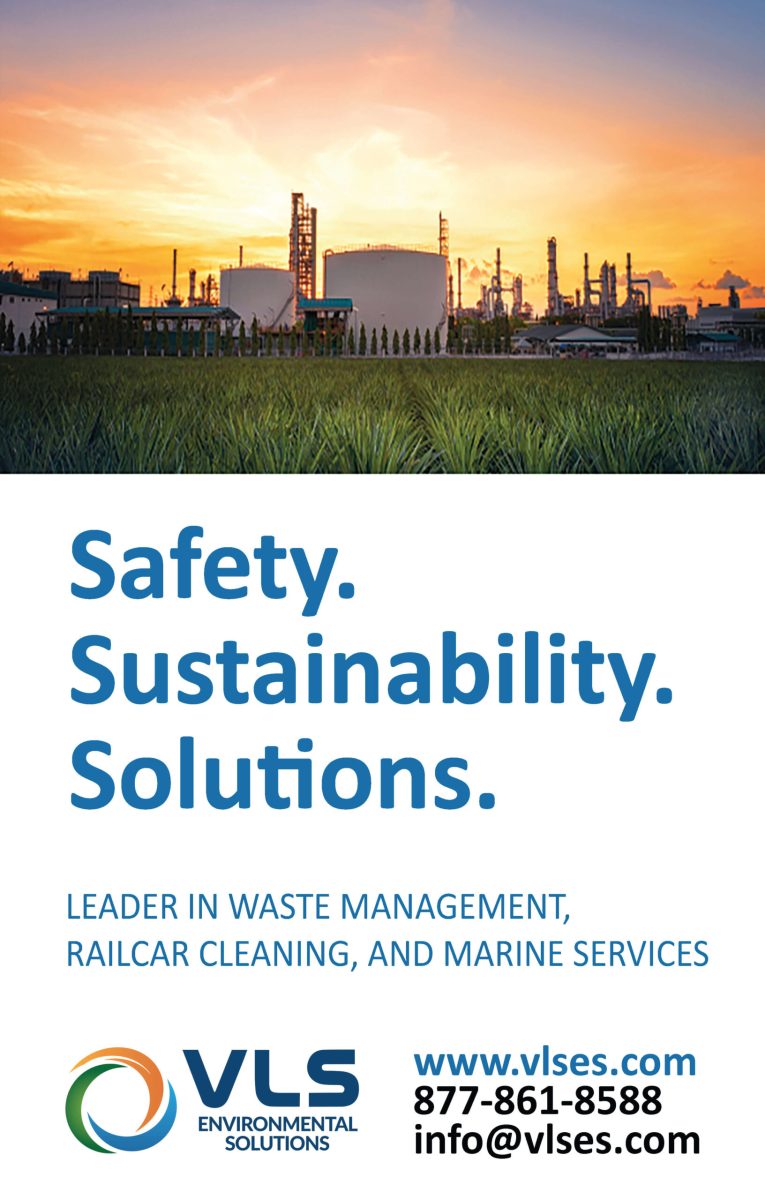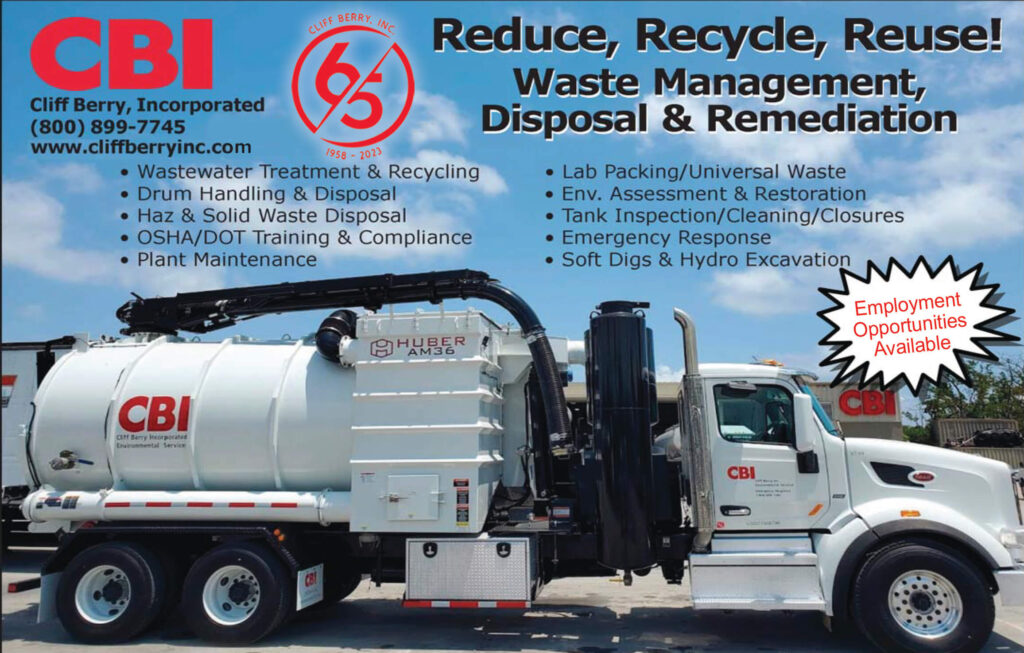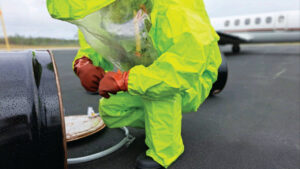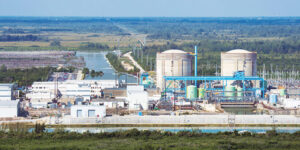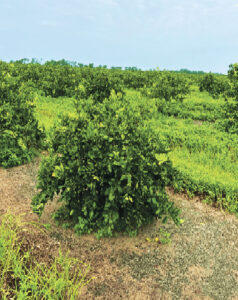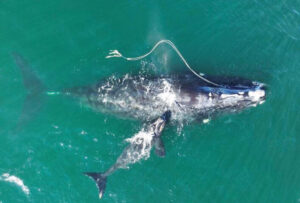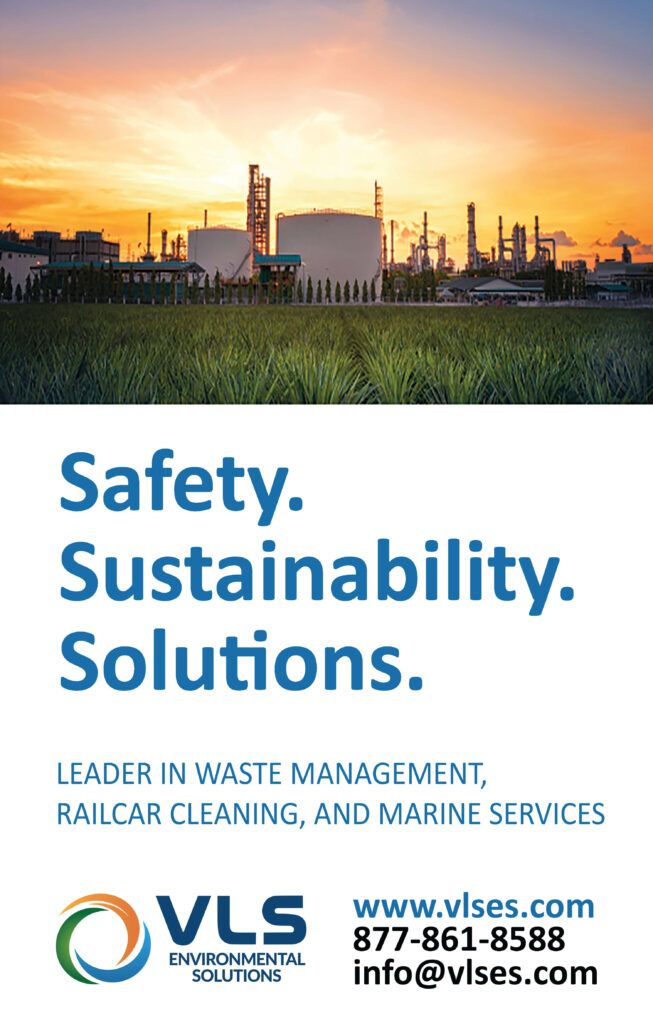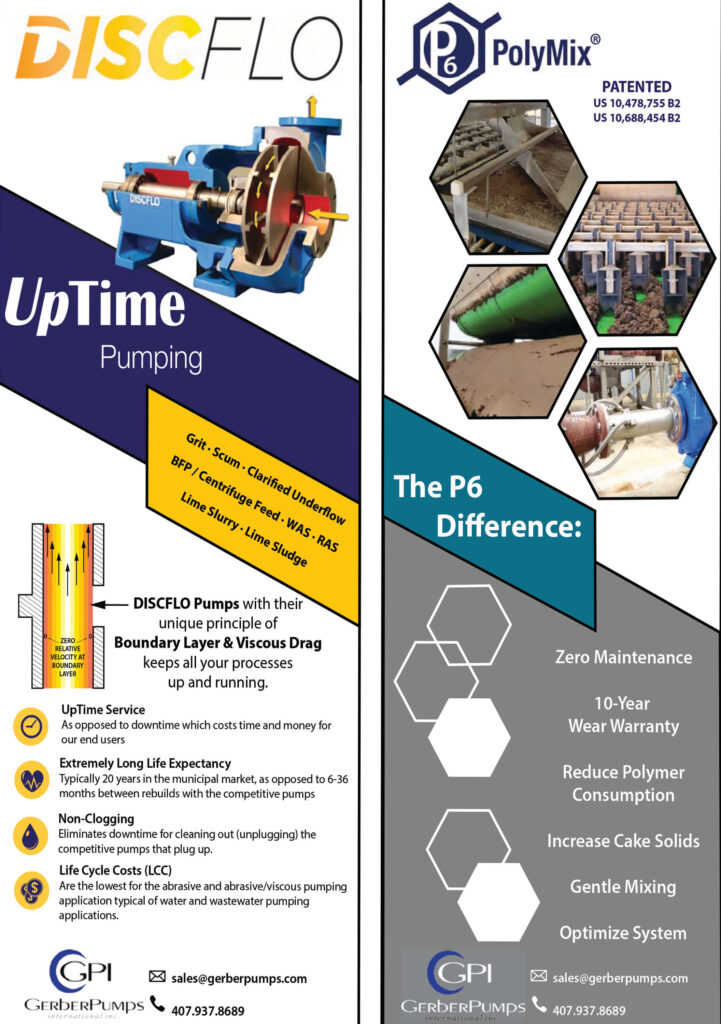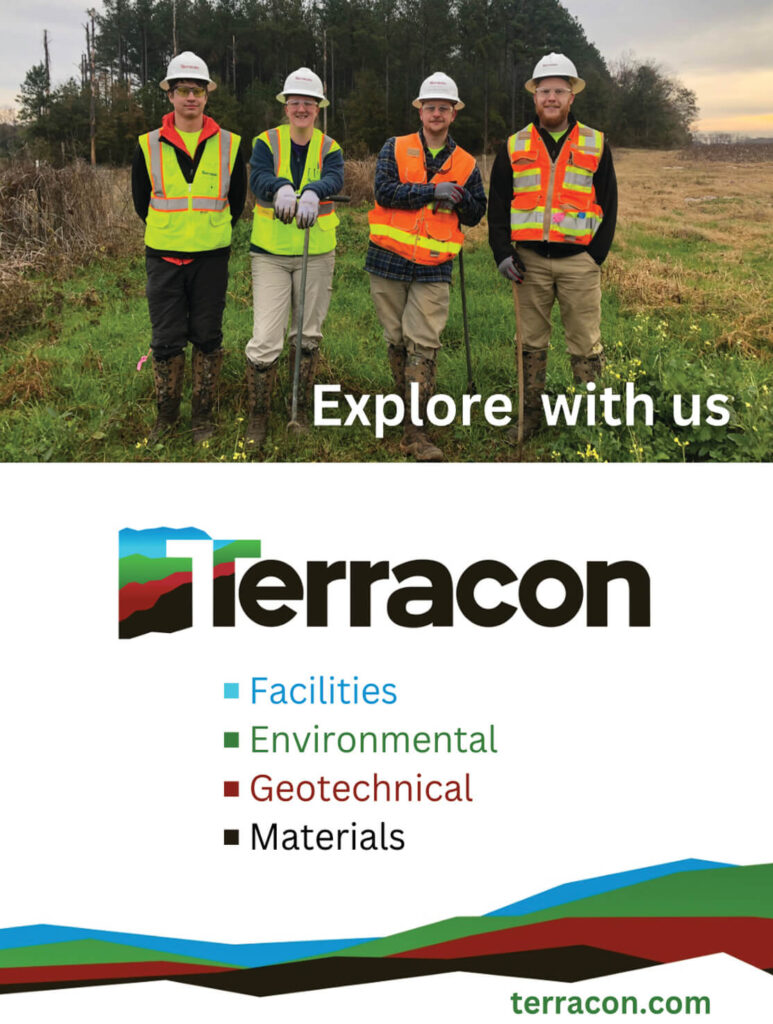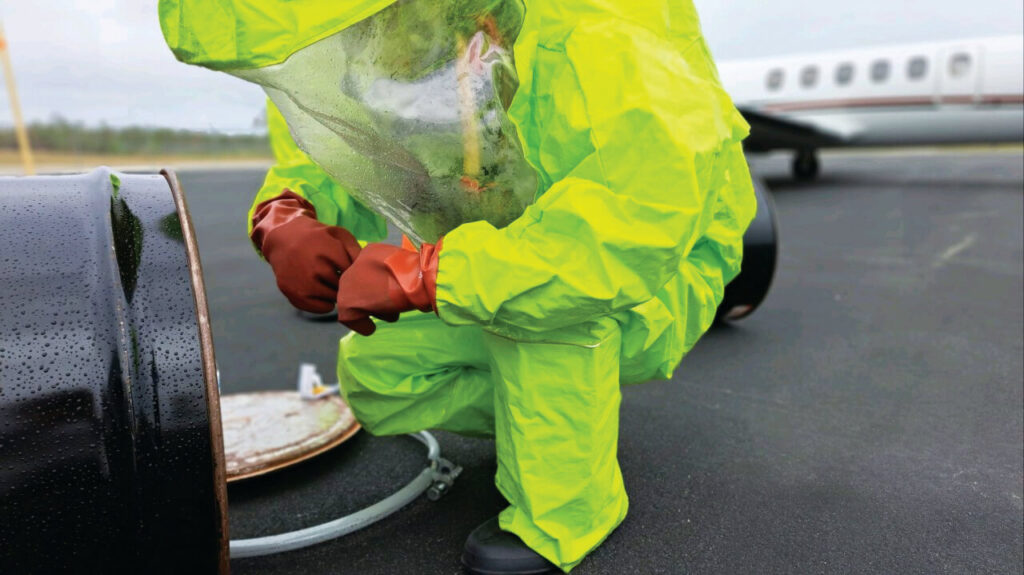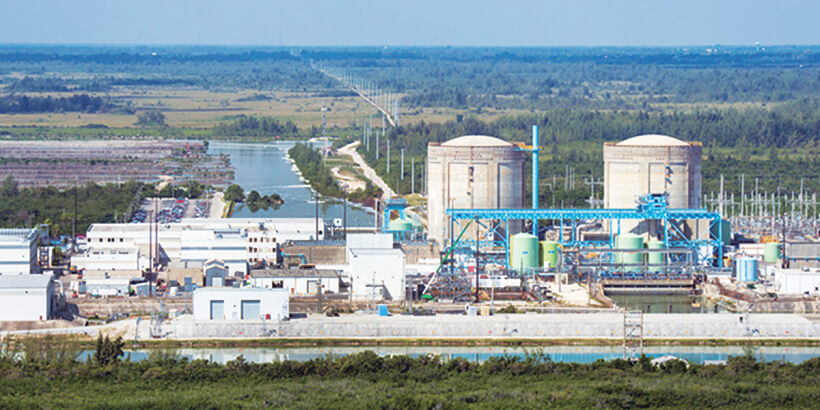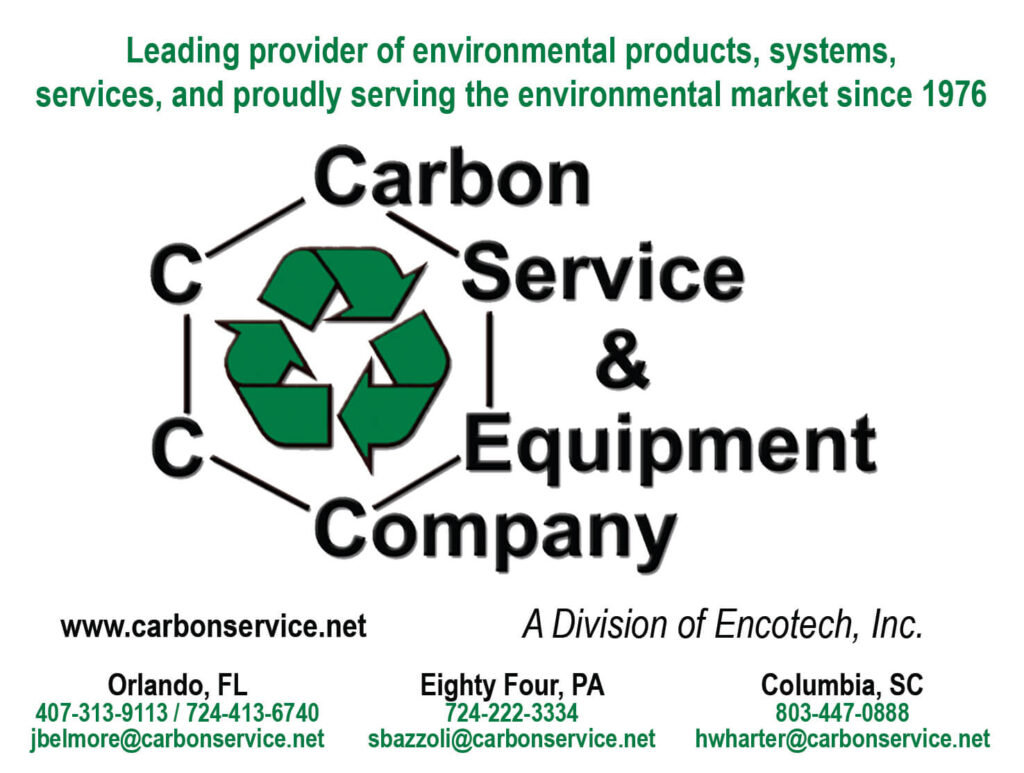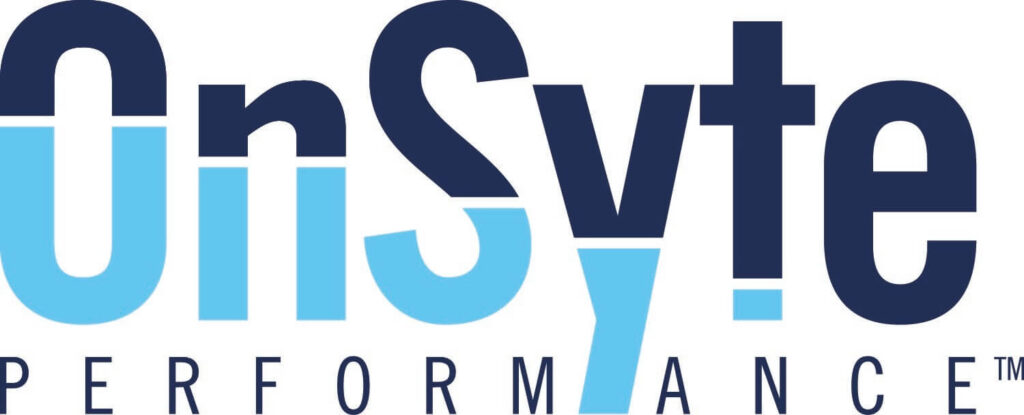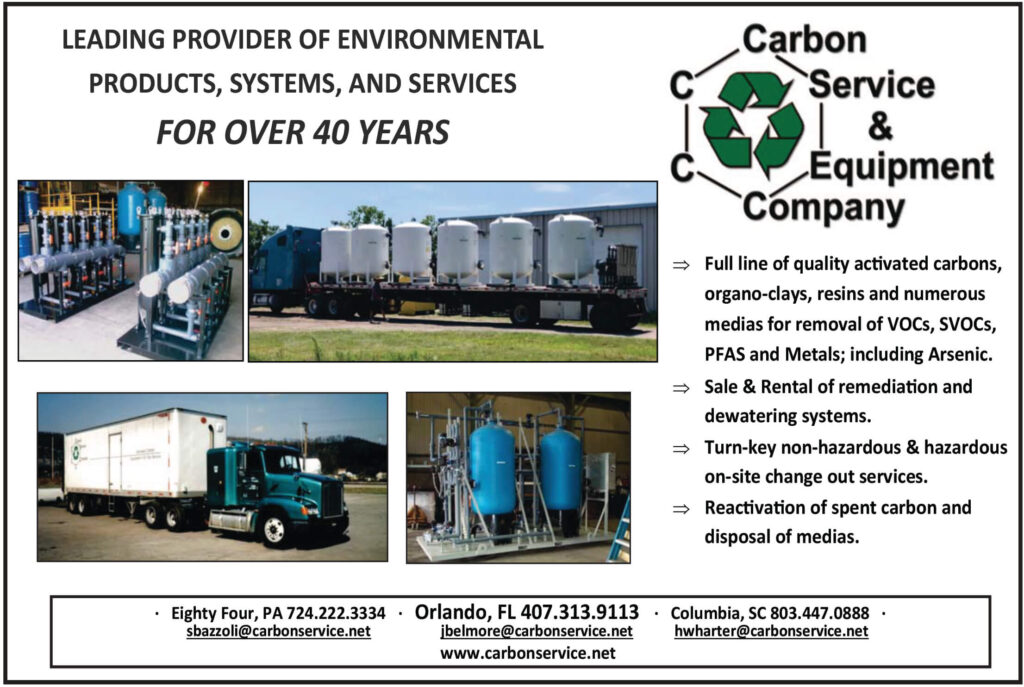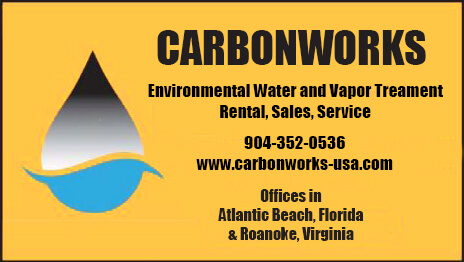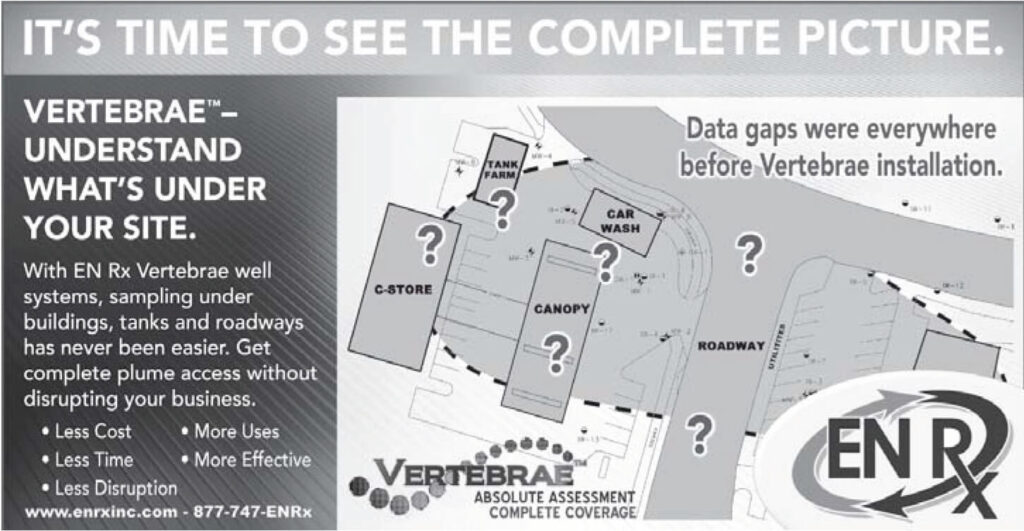By NICOLE BOTS,
Biologist, Tetra Tech, Inc.
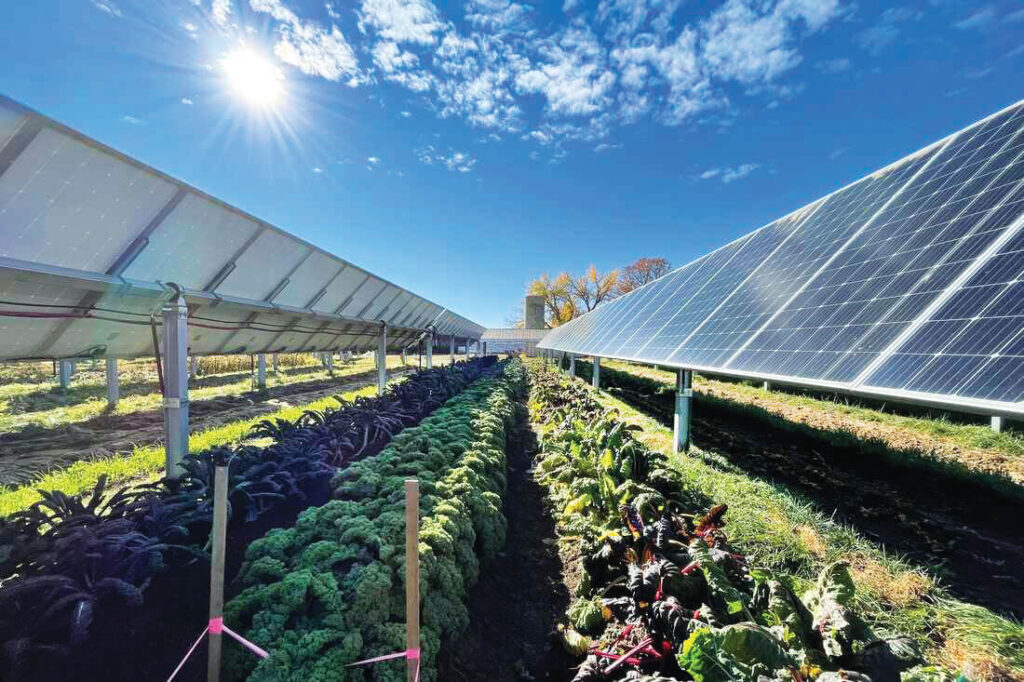
Countries and companies around the world have set goals of halving or outright eliminating their emissions by the 2030s, and the U.S. is no exception.
The complete transition from fossil fuels to renewable energy is approaching rapidly, aided in part by subsidies and decreasing costs associated with developing and installing renewable energy sources, namely solar energy centers. For this reason, solar farms are being installed at an accelerated rate all over the world.
Two major current consumers of fossil fuels are currently making strides and experimenting with ways to incorporate solar energy into their industries and are also finding many of these techniques to be valuable: agriculture and railroad transportation.
A rock ‘salad’ foundation
The field of agrivoltaics has emerged as a solution to this problem by combining a farmer’s ability to cultivate crops with generating clean energy.
The shade from the installed solar panels not only helps the soil retain water, lowering the need for irrigation and the demand for water, but it also protects the crops from extreme weather events that might otherwise wipeout a farmer’s crop yield for that year.
However, the relationship between vegetation and panel isn’t simply one-sided.
Planting vegetation beneath the panels cools the area, thereby cooling the photovoltaic cells, resulting in higher energy yields.
In addition to cultivated crops, perennials also can be planted beneath solar panels to provide crucial habitat to pollinators that are otherwise seeing their numbers dwindle due to development and pesticide use.
Additionally, the surplus energy produced by the panels could be used to run farm equipment, stored in battery packs, or sold to the grid for consumer use, creating a new revenue stream for farmers.
Come ‘train’ or shine
While powering cars and other small passenger vehicles with solar energy currently is not as feasible due to engineering and design constraints, trains are proving to be an ideal candidate for the transition to running solely on renewable energy.
Trains have ample surface area either on the cars themselves or at the stations where the trains stop and start throughout the day, providing space for the installation of solar panels (roofs or trackside), batteries, and charging stations.
Trains in the Netherlands run on power that is 100% supplied by wind, though they maintain a connection to the grid.
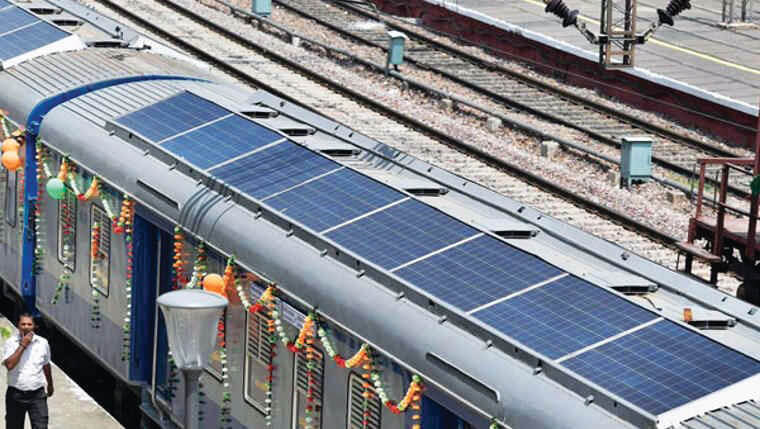
Getting trains to run solely on their own generated power is slowly becoming a reality thanks to companies such as Riding Sunbeams, which operates in the UK.
They’ve installed panels trackside that enable the lights and signals on Network Rail’s Wessex route to be run solely by the generated solar energy, bypassing the electricity grid to plug directly into the railway’s traction system.
Their current goal is to decarbonize rail traction networks by directly supplying renewable energy (via solar, wind, and energy storage) to train traction systems by community-owned solar and wind farms.
Additionally, Greenrail SRL out of Italy has pioneered a new recipe for the traditional crosstie or sleepers that keep rails in their place using recycled plastic and rubber waste and incorporating photovoltaic panels.
Application of this approach to powering railroad transportation is a good first step in eliminating the industry’s dependence on fossil fuels.
Planting plants at the plant
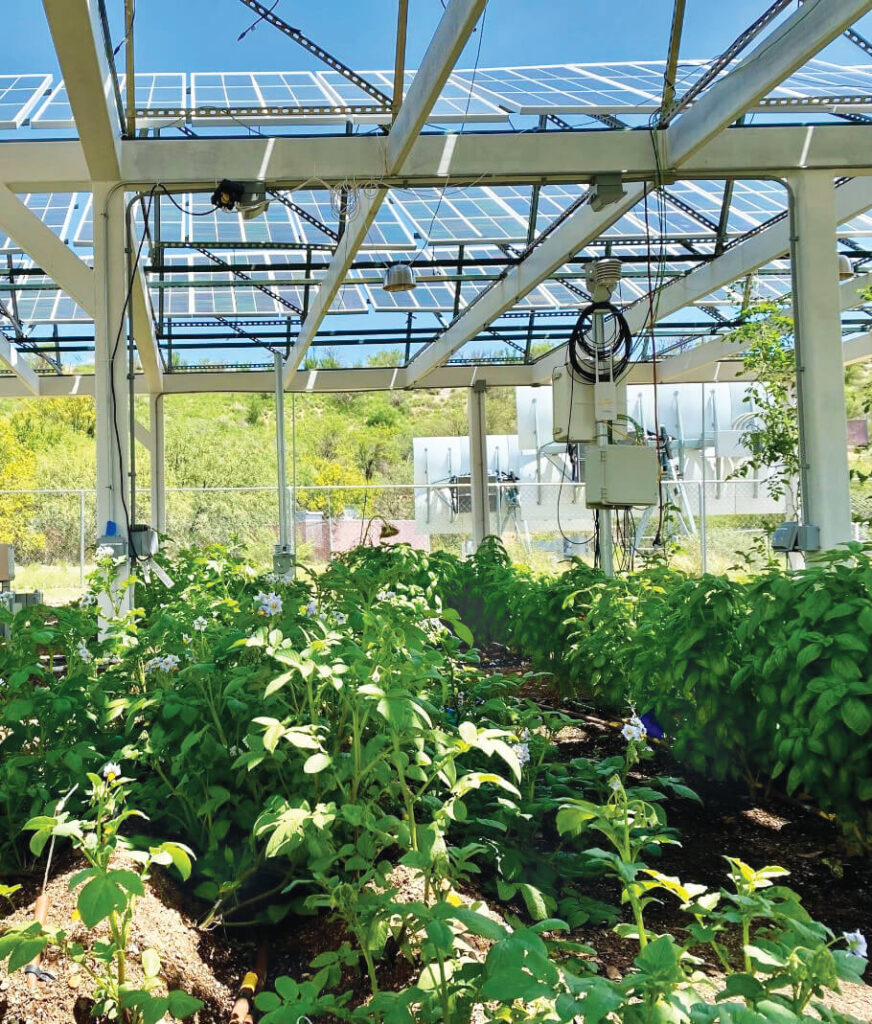
panels.
Recalibrating our energy sources toward a renewable, more sustainable future unfortunately requires modifying, or in most cases, clearing of the land to facilitate new infrastructure to support those transitions.
While removing trees and vegetation is not ideal for native flora and fauna, slight adjustments to the height of solar panel arrays allows for the replanting of native vegetation such as milkweeds and perennials beneath the panels. This encourages recruitment of native animals, including pollinators, who would have otherwise lost their habitat, resulting in a negative impact to surrounding ecosystems.
Replanting native vegetation instead of placing gravel underneath the panels helps protect the soil by preventing erosion and the shade from the panels helps the soil retain more moisture, which is mutually beneficial for the plants and the panels by keeping the area cooler, thereby increasing the efficiency of the photovoltaic cells of the panels.
Flooded with good ideas
Development also leads to the potential of impacting wetlands.
Although they once were thought to be functionless and disease-ridden, wetlands provide numerous benefits that are ecological and societal.
They provide fish and wildlife habitats, flood storage, shoreline erosion protection, and opportunities for recreation as well as improvements to natural water quality.
Thankfully, solar energy center layouts are modifiable which allows for the panels to be arranged in such a way to minimize impacts to one of the most beneficial facets of our delicate ecosystems.
In addition to preserving vital elements of our ecosystems, protecting wetlands during development saves time and money for developers as impacts to wetlands require costly permits and mitigation that can delay or even outright prevent development in certain areas, as the costs could outweigh the potential profit.
To the future and beyond
As advances in technology continue to provide us with more feasibility regarding solar panel installation and energy storage, concepts like agrivoltaics and solar-powered railroads will begin to emerge from the “proof-of-concept” space where they exist to more easily implementable practices that lead us into the future of renewable energy and beyond.
Part of the problem to meet our ever-increasing demand for renewable energy is that solar arrays require large tracts of land to supply cities and industries with the power they would need to get to net-zero.
Panels currently are being installed on rooftops and carports, and even on the roofs of trains, but those spaces alone cannot provide the power that cities and industries need to thrive.
Also, the land-based panels require clearing large areas of trees and other native vegetation for the panels to have the most direct exposure as possible due to the ever-decreasing availability of non-agricultural land already perfectly suited for this purpose.
Fortunately, innovative, sustainable solutions exist that can be implemented in conjunction with these development projects to reduce the adverse effects to the natural ecosystem and in some cases, even enrich them.
These techniques and implementations can be applied across agricultural as well as other industrial developments, and certainly across the railroad industry.
All of this, plus just imagine the potential for the solar and railroad worlds to truly collide with more than 800,000 miles of railroad track in the world, the rapid advancements in technology and the need to get to net-zero.●


